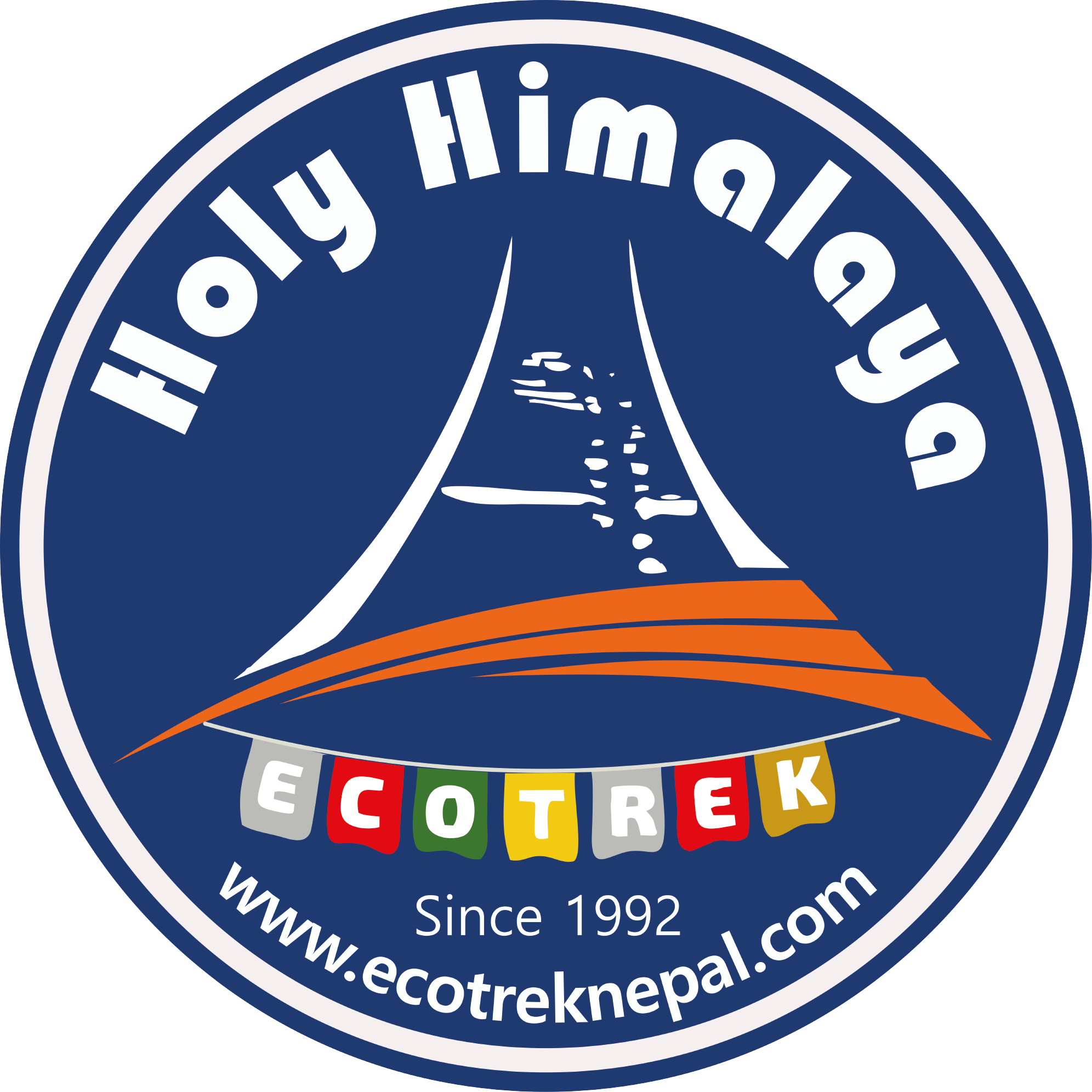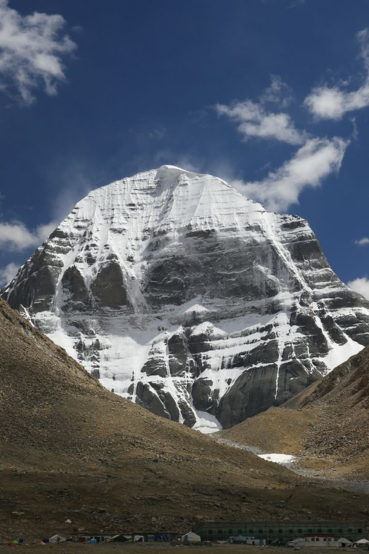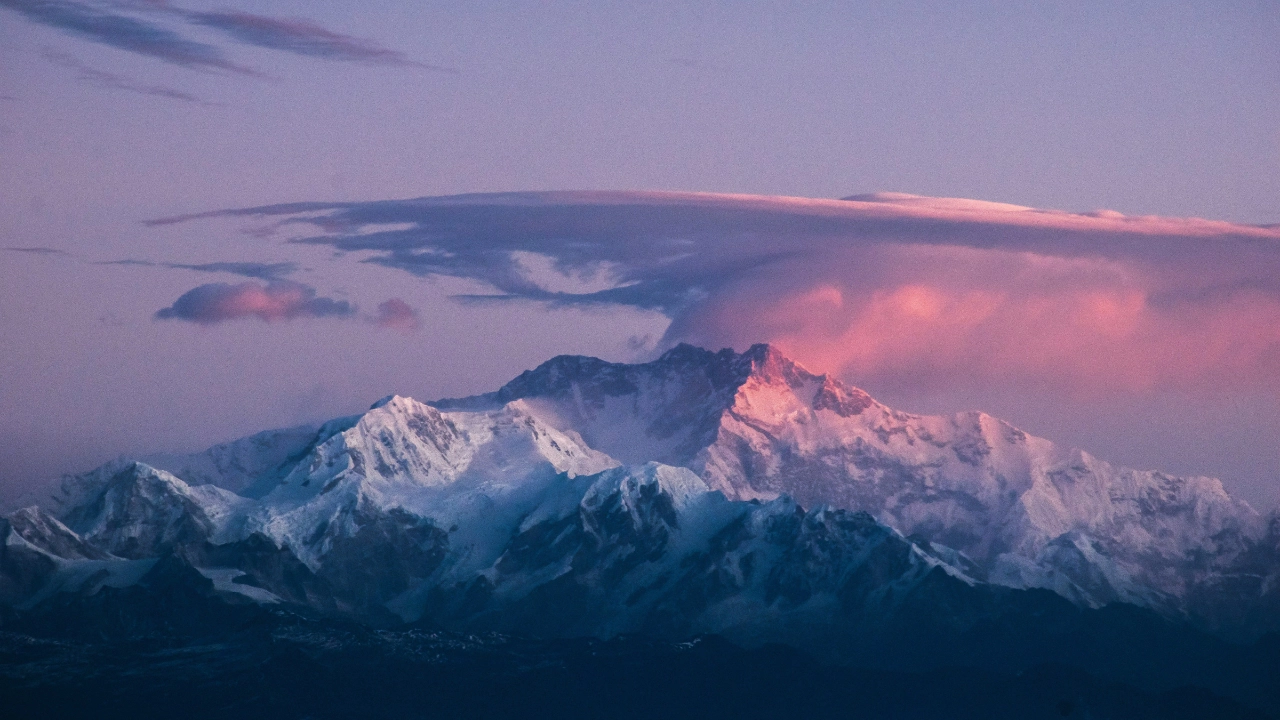
Khaptad Valley Trek
Tour snapshot
11 Days
2 persons
Nepal
Trekking in Nepal
Overview
The ground-heaven of far west Nepal, Khaptad Valley, is known for its beauty and wilderness. Khaptad is an underrated and off-beat destination that offers natural beauty and biological diversity. During the trek to Khaptad, you will go through the natural and spiritual wonders of the place. The unique destination is intriguing and untouched by human civilization.
The far western part of Nepal has the most potential attractions, as it consists of pristine lakes, beautiful national parks, diverse flat land, and a majestic view of mountains. Besides the national park, there are many other eye-catching destinations nearby in the Khaptad Valley. Some of them are Badimalika, Ramaroshan, and Saileshwari Temple.
Khaptad National Park, one of the major attractions of the Khaptad Valley, is a must-visit destination, as the view from there is absolutely incomparable. The national park covers an area of 225 km2, and the elevation of the national park ranges from 1400m to 3300m. The main attraction of the national park is the scenic Khaptad Lake.
Khaptad National Park is one of the least advertised and is situated where Doti, Bajhang, Bajura, and Achham districts meet. The national park lies in a remote area and is rich in flora and fauna. It is a home for various endangered animals like ghoral, wild boar, barking bear, Himalayan black bear, etc. The national bird of Nepal, the daphe, is also found here.
The overwhelming humble locals of Bajhang, Bajura, Doti, and Achham will provide you with the best experience of traveling in this heavenly place. Ganga Dashahara is a major festival celebrated here during the month of Jeshtha at Jestha Purnima.
Photos from: nepaliphotos.com
Highlights
- Visit the holy site of Khaptad Baba Ashram, a meditation place dedicated to the renowned saint
Khaptad Baba.
- Panoramic view from Khaptad Dada, which is the highest point of the trek.
- Encounter various fascinating creatures and wildlife in Khaptad National Park.
- Spotting the pristine Khaptad Lake and enjoying the breathtaking view.
- Experiencing the magnificent views of stunning Mt. Api (7,132 m) and Mt. Saipal (7,031 m)
- Interact with the local communities and experience their unique culture, traditions, and lifestyle.
- Getting to know the remoteness and undisturbed area of far western Nepal.
Itinerary












Included/Excluded
Service Fee Only, Explore Nepal Fully!
Select Dates
{{type.name}}
{{type.display_price}} per person
Guests
Extra prices:
- {{total_price_html}}
- {{pay_now_price_html}}
FAQs about Khaptad Valley Trek

During the spring season (March-May) and autumn (October-November), it is the best time to start a trek for the national parks and Khaptad Valley, as the temperature is favorable. During this time, the blooming wildflowers and the rhododendron will cover the hills and valleys.

Khaptad National Park provides basic facilities and accommodation. The visitors set up tents at the camping sites in the national park. It is recommended that travelers pack their preferred food items, such as dry fruits, juice, and energy bars, which are convenient for them to carry as the area is remote and they may not find their desired food item.

As a national park, it is a protected area, so you need to obtain some permits to enter the place. First of all, you need a Park Entry Permit, which will cost NRs 3000 per person (foreigners), NRs 1000 (SAARC nationals), and NRs 100 (Nepali nationals). Foreigners may also need a Mugu or Bajhang Restricted Area Permit and TIMS card. These permits can be obtained from the Department of National Parks and Wildlife Conservation at the entry point of the national park.

Normally, while trekking in the Khaptad Valley, altitude sickness, also known as acute mountain sickness (AMS), is a common concern among travelers. As the region's elevation ranges from 1400 m to 3300 m, it is possible to get AMS. Some symptoms of AMS are nausea, headaches, dizziness, and shortness of breath. Some tips to prevent and manage altitude sickness are as follows: • Gradual ascent • Proper nutrition • Descend • Hydration • medication

As the area is far away from infrastructure, it can be a concern for travelers for facilities like electricity, a network, and WiFi. Only the headquarters have a regular supply of electricity, so it is recommended that visitors carry power banks for the devices. However, teahouses provide you with charging facilities for your electronic devices with some extra costs, and they also provide you with their telephone to contact you and your family in case of emergency.










